研究发现洋流可能会影响木卫二冰壳的旋转
研究揭示了木星卫星木卫二的冰壳如何以不同于其内部的速度旋转的新解释。NASA的欧罗巴快船将近距离观测。
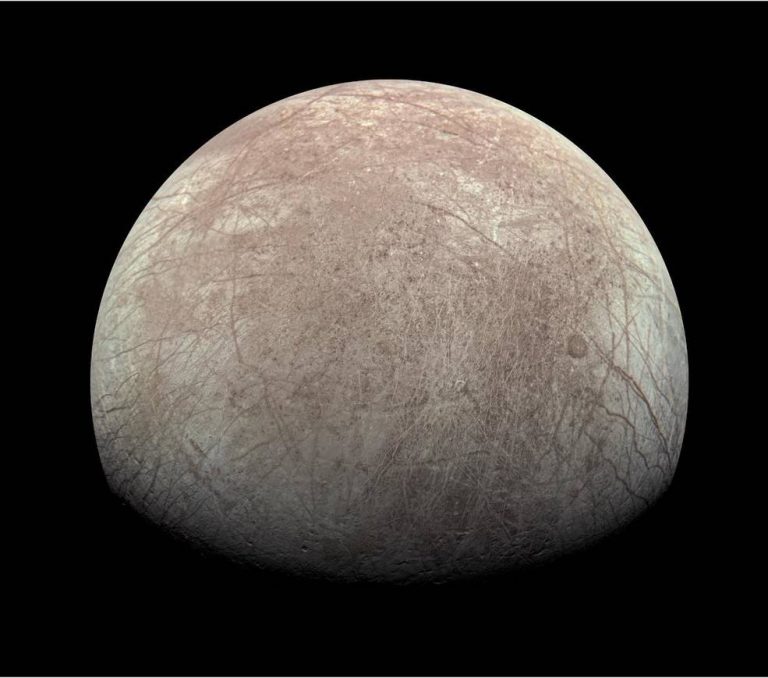
研究揭示了木星卫星木卫二的冰壳如何以不同于其内部的速度旋转的新解释。NASA的欧罗巴快船将近距离观测。

3月份的天空会发生什么?金星高高升起,而木星向太阳后方俯冲,还有一颗与你的早餐麦片同名的小行星。

2月份的天空会发生什么?
最亮的行星聚集在一起,御夫座和两个你可能想要了解的天狼星星团。

2022年12月31日 Moon over Makemake Illustration Credit: Alex H. Parker (Southwest Research Institute) Explanation: Makemake (sounds like MAH-kay MAH-kay), second brightest dwarf planet of the Kuiper belt, has a moon. Nicknamed MK2, Makemake’s moon reflects sunlight with a charcoal-dark surface, about 1,300 times fainter than its parent body. Still, in 2016 it was spotted in Hubble Space Telescope observations intended to search for faint companions with the same technique used to find the small satellites of Pluto. Just as for Pluto and its satellites, further observations of Makemake and orbiting moon will measure the system’s mass and density and allow a broader understanding of the distant worlds. About 160 kilometers (100 miles) across compared to Makemake’s 1,400 kilometer diameter, MK2’s relative size and contrast are shown…

1月份的天空会发生什么?
行星会有一些近距离的相遇,冬天的明亮恒星,还有机会观测彗星。
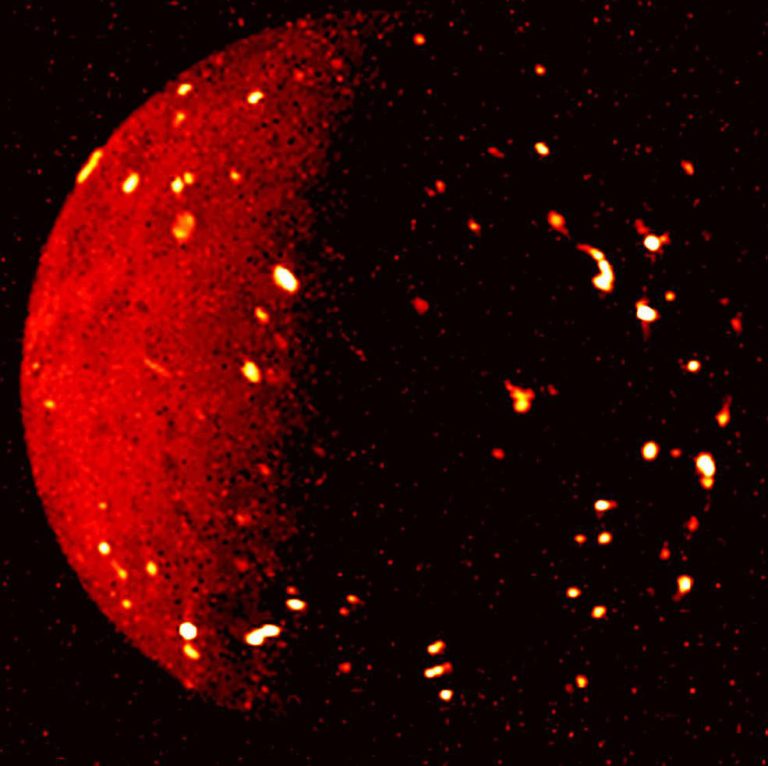
在揭示了木卫三(Ganymede)和木卫二(Europa)的大量细节后,木星探测任务将目光投向了姐妹卫星木卫一(Io)。
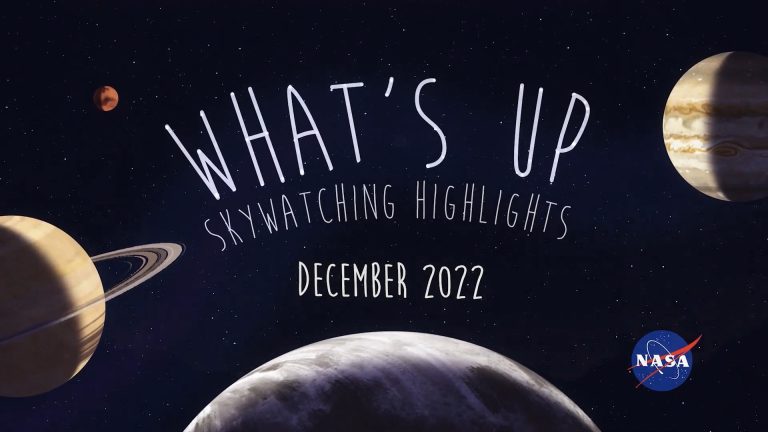
12月的天空会发生什么?你的夜晚行星的亮点,包括火星的消失和天马座。
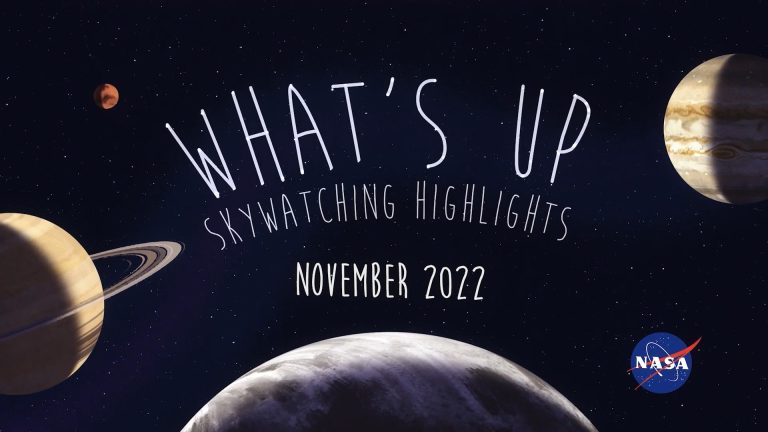
11月的天空会发生什么?月食,月球和行星,以及狮子座流星雨。
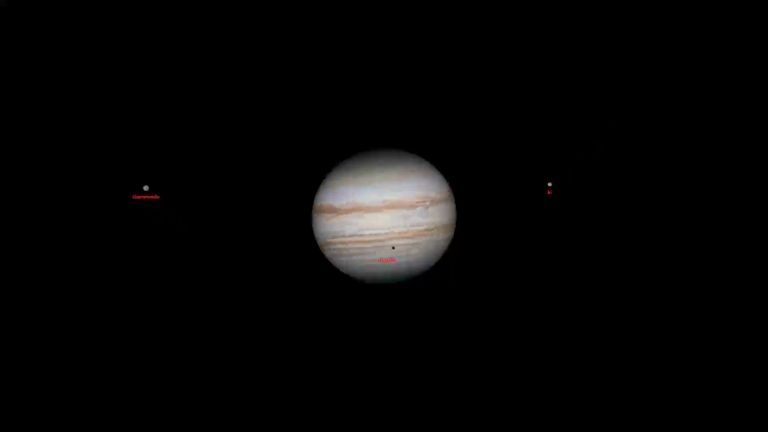
2022年10月25日 Jupiter Rotates as Moons Orbit Video Credit & Copyright: Makrem Larnaout Explanation: Jupiter and its moons move like our Sun and its planets. Similarly, Jupiter spins while its moons circle around. Jupiter’s rotation can be observed by tracking circulating dark belts and light zones. The Great Red Spot, the largest storm known, rotates to become visible after about 15 seconds in the 48-second time lapse video. The video is a compilation of shorts taken over several nights last month and combined into a digital recreation of how 24-continuous hours would appear. Jupiter’s brightest moons always orbit in the plane of the planet’s rotation, even as Earth’s spin makes the whole system appear to tilt. The moons Europa, Ganymede, and Io are all visible, with…

十月份的天空会发生什么?夜晚有巨行星,火星改变方向,来自猎户座的流星。